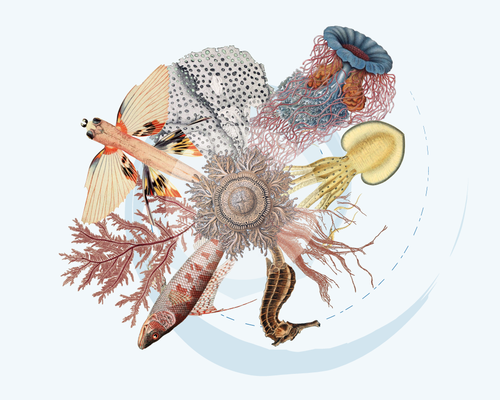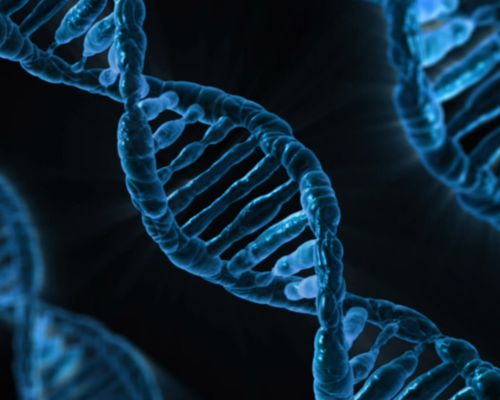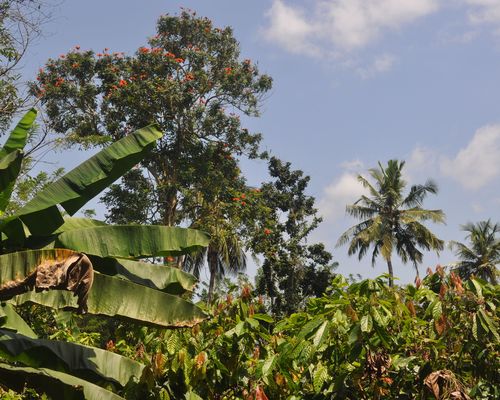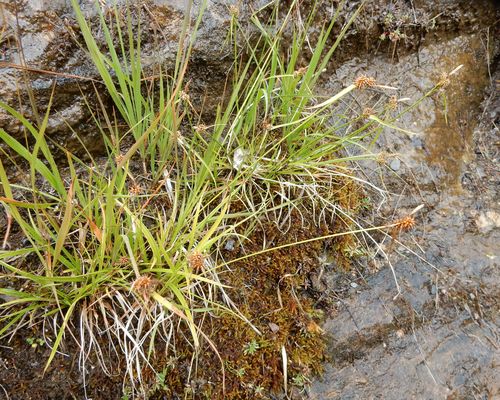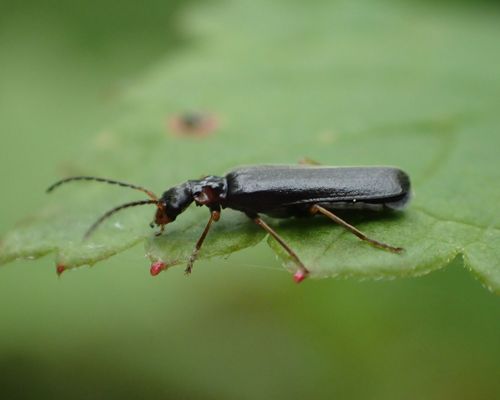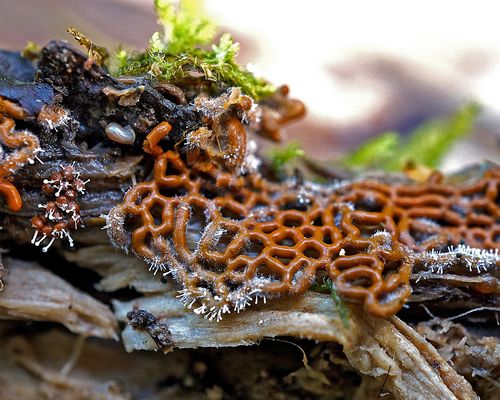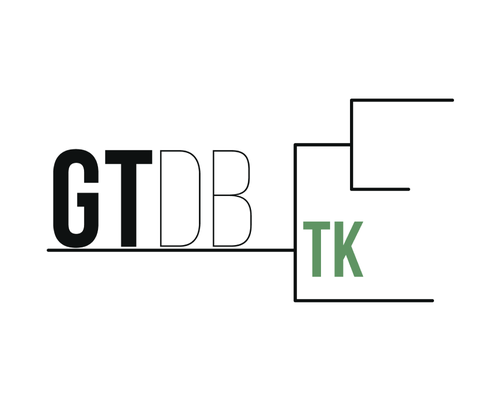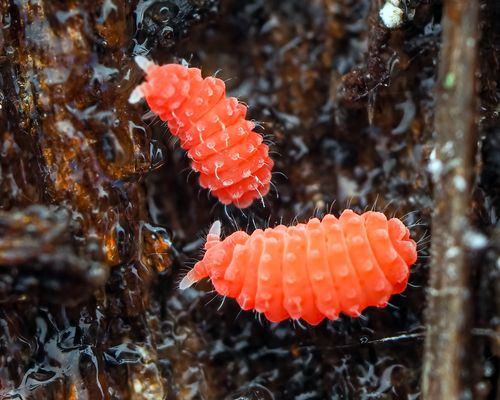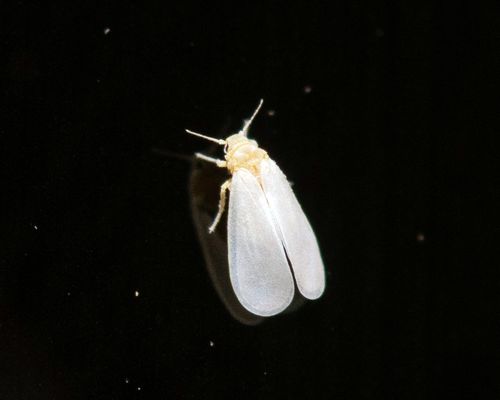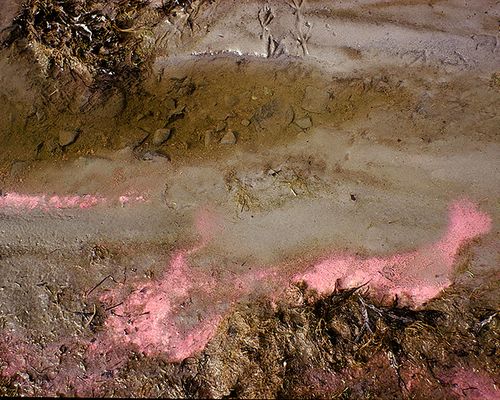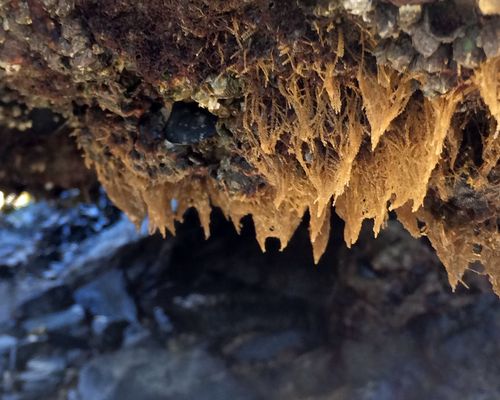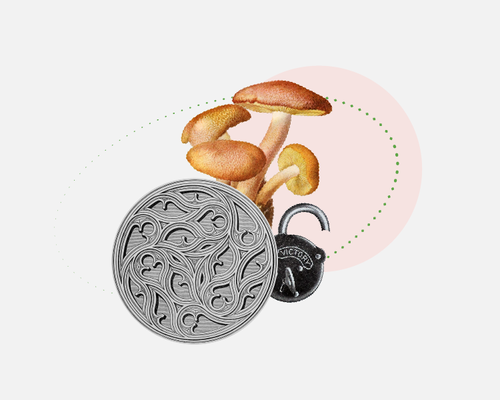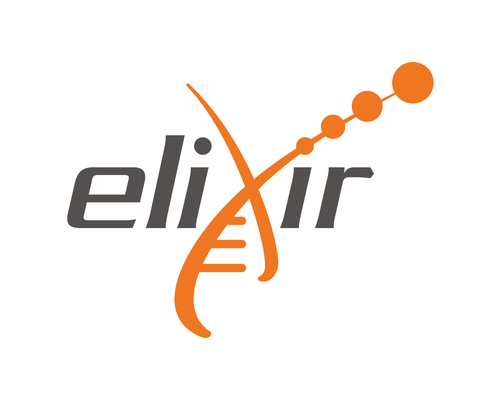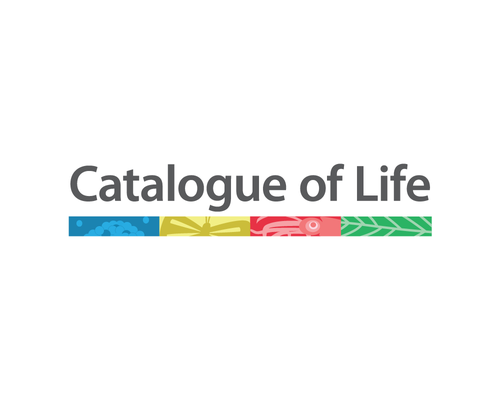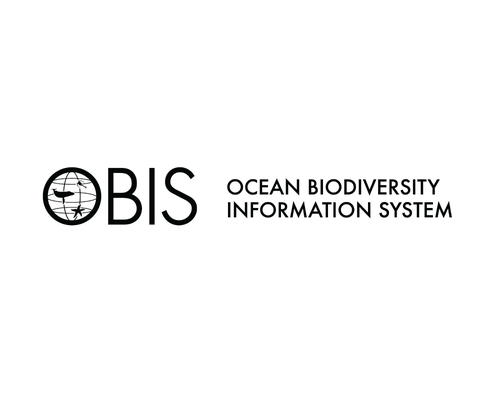GBIF and DNA
GBIF collaborates with experts and organizations to incorporate DNA-derived biodiversity data, resulting in a more comprehensive picture of life on Earth

Advances in sequencing technologies, like DNA barcoding of specimens and metabarcoding of environmental DNA, have revolutionized how we detect, delimit, identify and quantify species and species assemblages. These methods allow scientists to detect organisms that traditional methods miss while accessing habitats that are otherwise difficult–or impossible–to survey.
Many DNA-based observations involve organisms that lack formal scientific names. Because they are not yet integrated into traditional taxonomic systems, these groups of “dark taxa” risk being overlooked in conservation, science and policymaking, despite their broad distribution, functional diversity and substantial biomass. However, molecular species catalogues enable GBIF to index these dark taxa alongside recognized species, ensuring that they surface in the global pool of biodiversity data.
By working with a widening circle of partners and collaborators, GBIF is expanding its collection of DNA-derived biodiversity data, from barcoded museum specimens to environmental DNA samples collected in the wild. By incorporating such DNA-derived data, GBIF helps bring dark taxa to light while advancing toward a more faithful digital representation of the planet’s biodiversity.

Metabarcoding data programme

This pilot programme aims to enhance network engagement within DNA metabarcoding data communities and strengthen the capacity of nodes to standardize and exchange biodiversity data, fostering collaboration and improving data sharing practices.
View all GBIF-enabled DNA-related research
Featured data uses in DNA-related research
Molecular species catalogues
Resources & Tools
Key DNA-related partners
What is GBIF?

GBIF—the Global Biodiversity Information Facility—is an international network and data infrastructure funded by the world's governments and aimed at providing anyone, anywhere, open access to data about all types of life on Earth.

